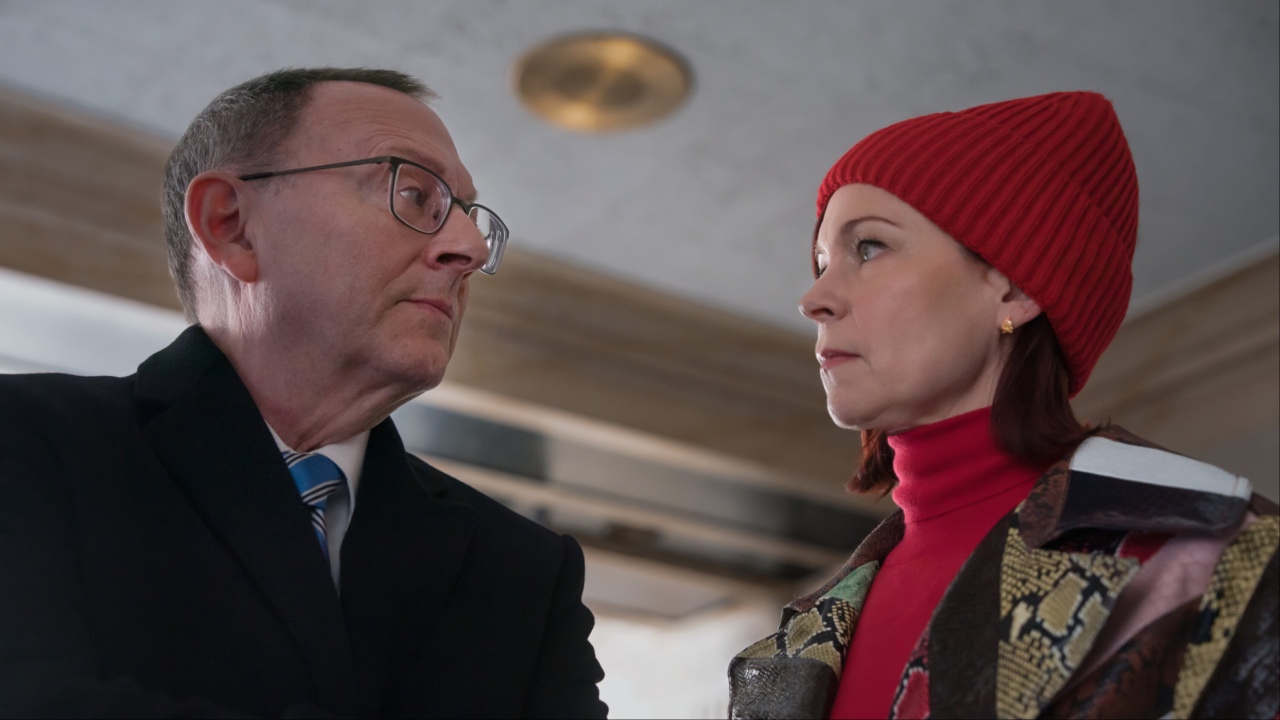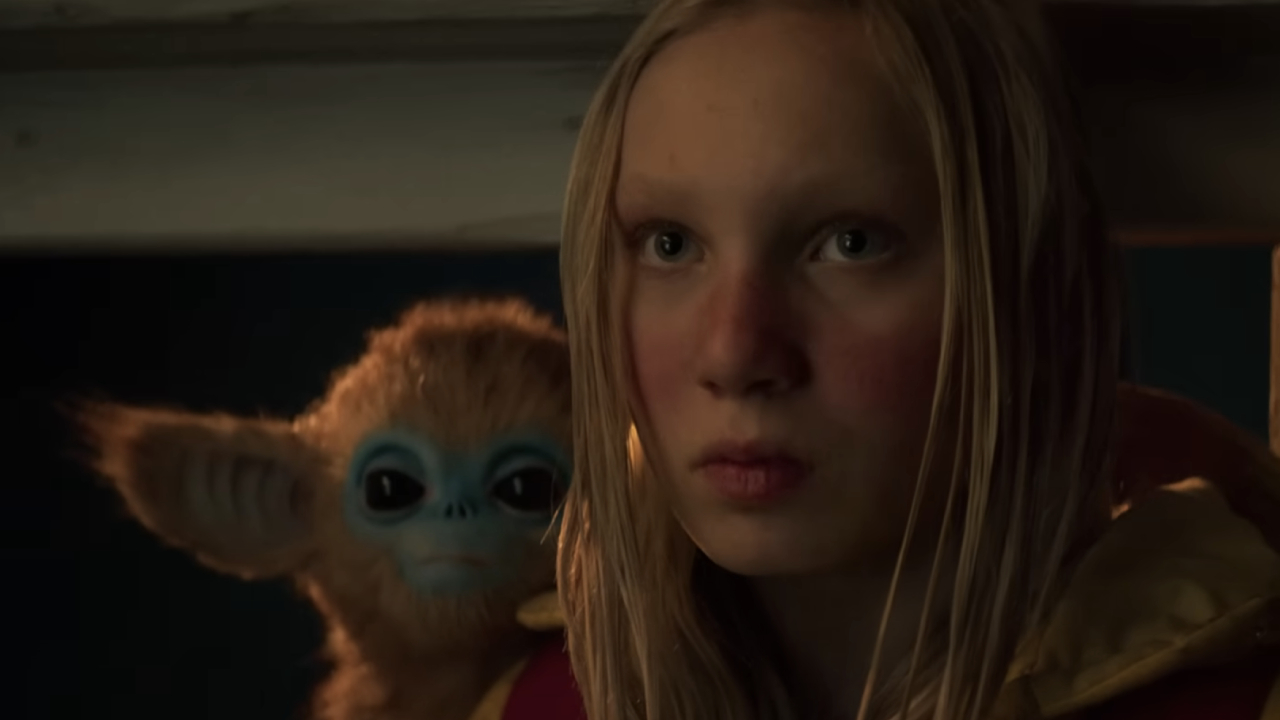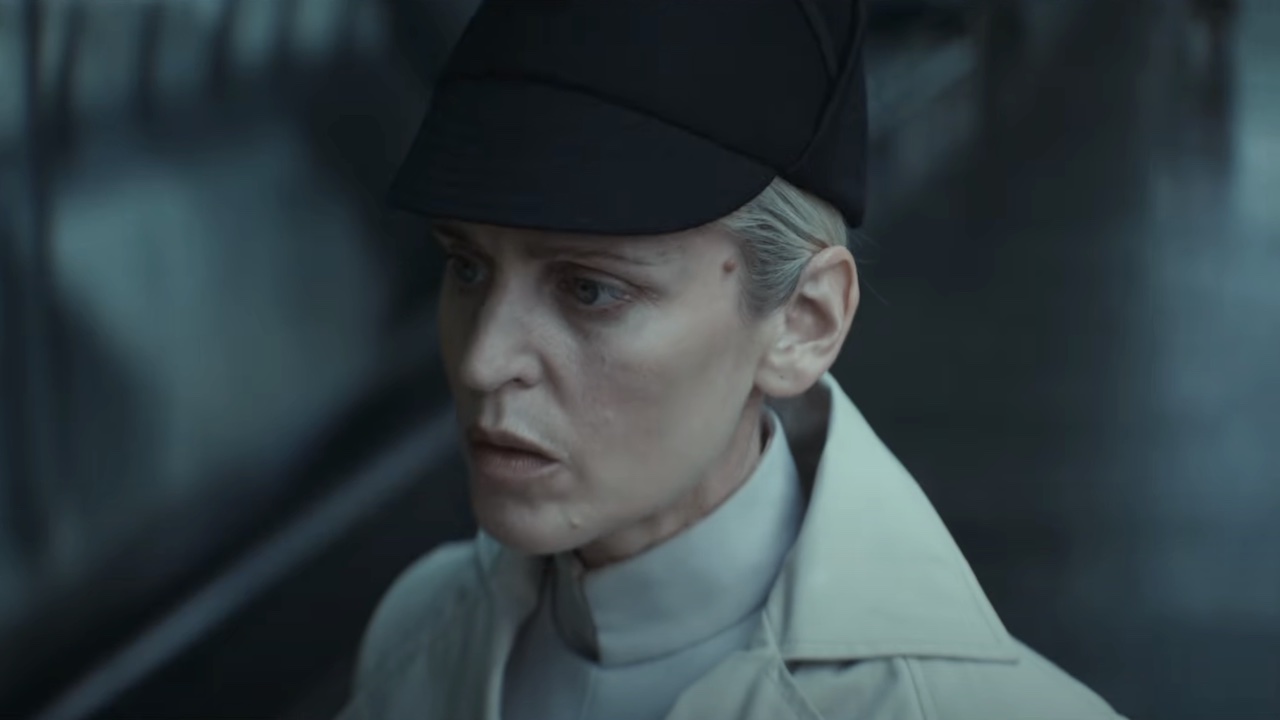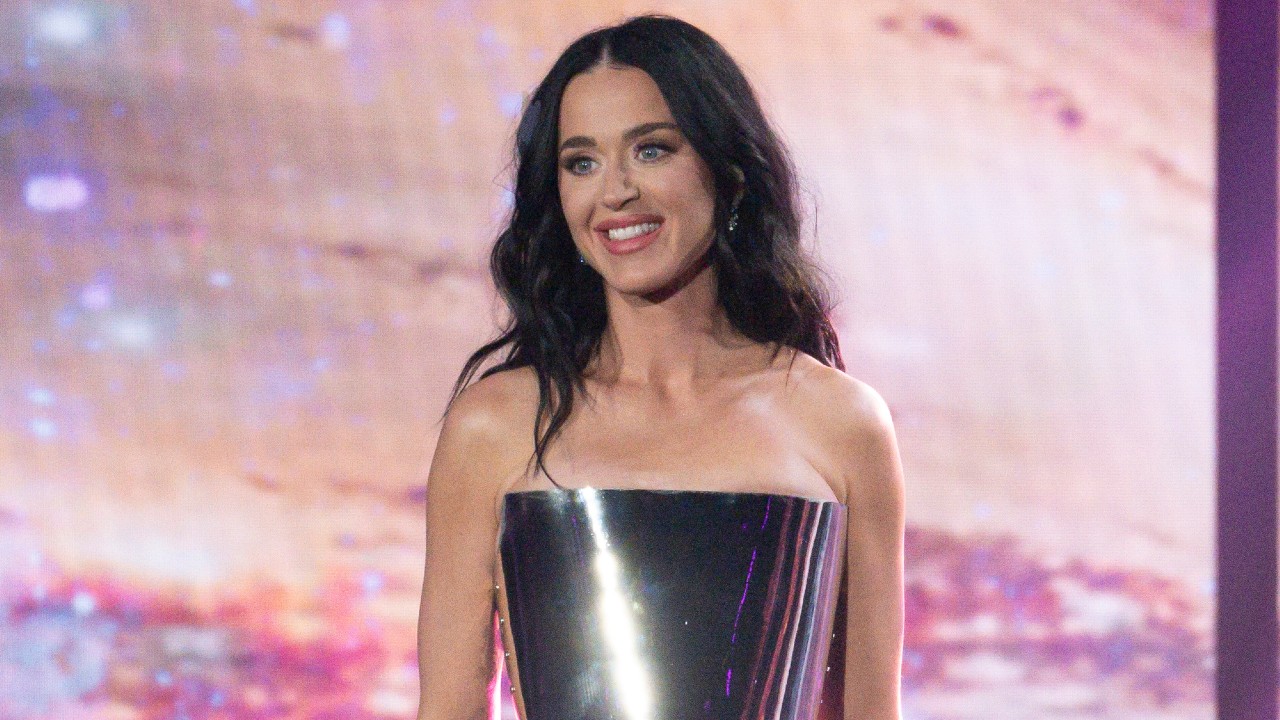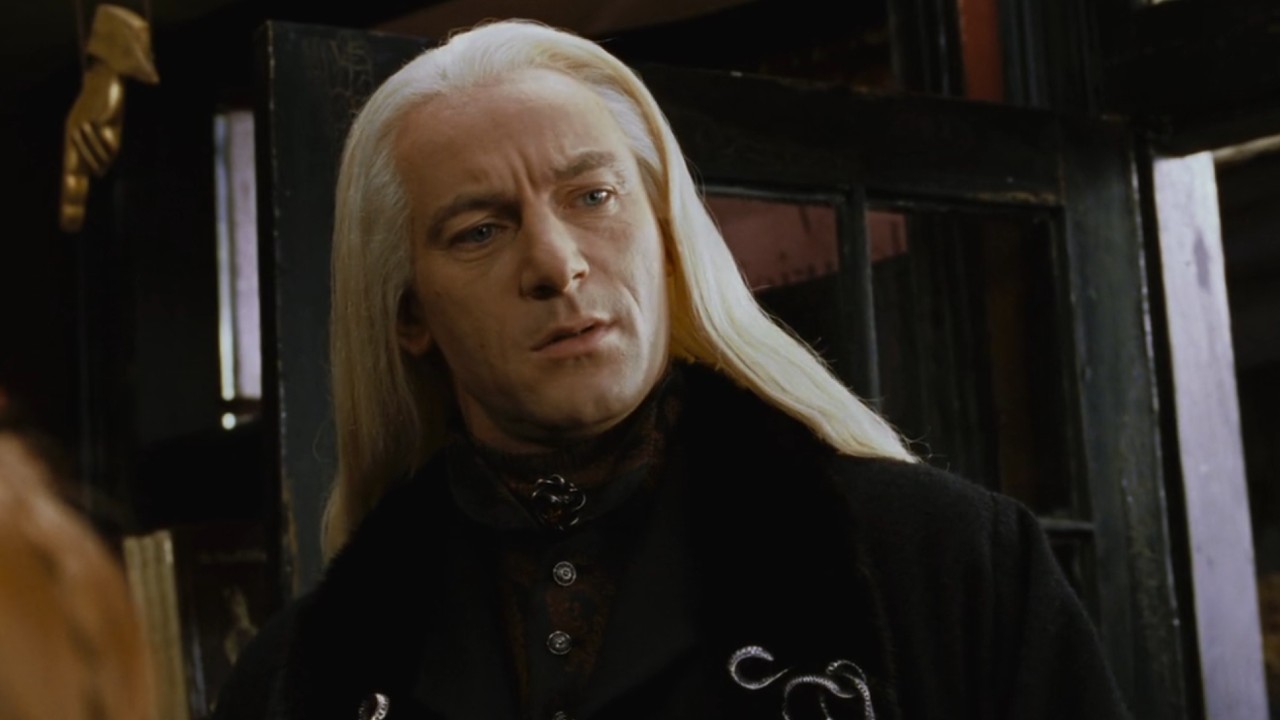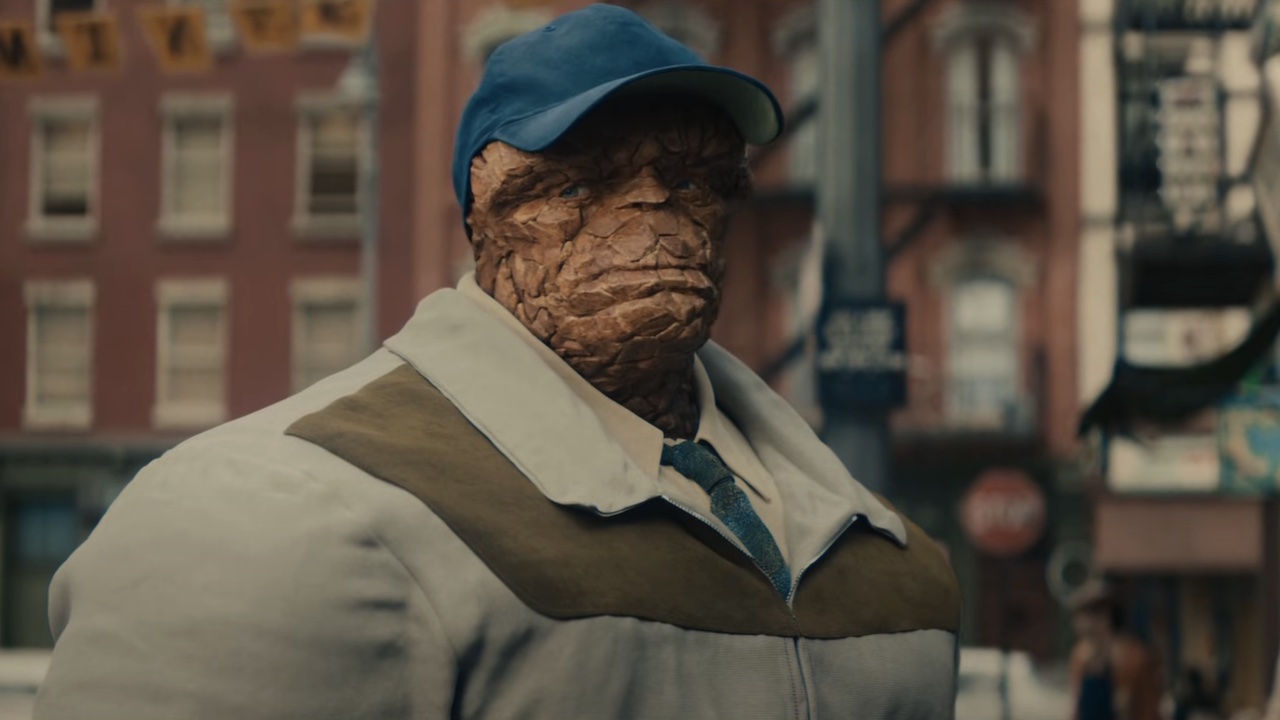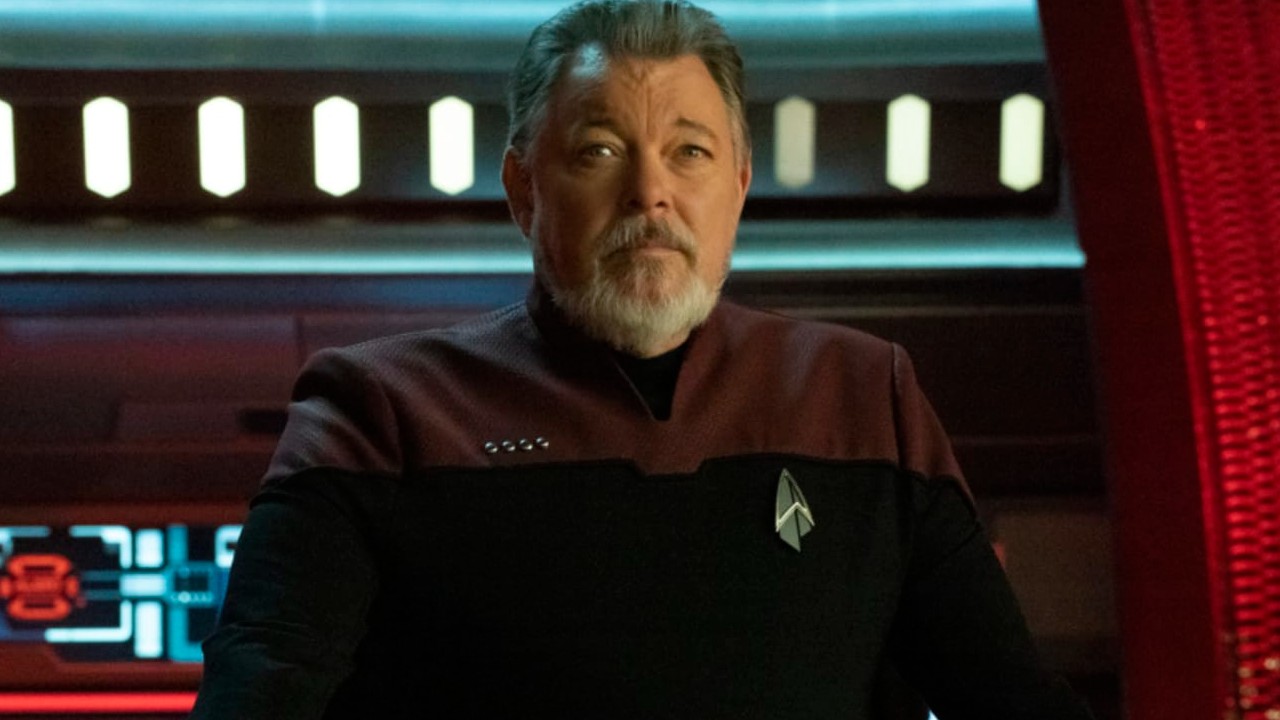Ranking The Best Bond Movies: Part 1 (#23-#16)

(For Part 2 of this series, click here)
(For Part 3 of this series, click here)
A few years after Ian Fleming wrote 1953’s Casino Royale, he got a letter from fellow author and gun expert Geoffrey Boothroyd. The latter admitted to being a huge fan of the novels but couldn’t understand why James Bond carried a Beretta 418 when weapons experts widely considered it to be a lady’s gun without real stopping power. Fleming had no idea it had such a reputation. So, in a series of letters, he and Boothroyd argued it out and settled on the Walther PPK as the ideal firearm for the secret agent. In 1958’s Dr. No, the switch was complete, and the secret agent’s long-term trajectory was set.
In the grand scheme of things, it doesn’t matter whether Bond carries a Walther PPK or a shotgun. What matters is that every person put in charge of the films has embraced Fleming's ever-evolving ideal. Consequently, 007 has become a collaboration between the fans, the filmmakers, the writers and Fleming’s vision. When we go to the theaters to see Skyfall this weekend, we won’t see the same man our parents and grandparents did in 1962. We’ll see someone fit for this moment in time who shares our collective desires, fears, hopes and ideals. We’ll see a man uniquely similar, uniquely different and every bit as cool as the one who first foiled Dr. No. We’ll see a man capable of delivering his best outing yet.
Over the past fifty years, Eon Productions has released twenty-three Bond movies. There has never been a truly horrendous effort, and there has never been an utterly perfect try. A few of the films, however, come within breathing distance of those two extremes. Some early reviews for Skyfall called it the greatest Bond ever made. After seeing it, I decided to go back and watch all twenty-two of the proceeding films to see whether the claim has any merit.
Throughout the rest of the week, I will present my findings in a four part series that ranks all of the Eon Productions Bond films in descending order, along with a few paragraphs of thoughts on each. So, without further ado, here are movies twenty-three through sixteen…
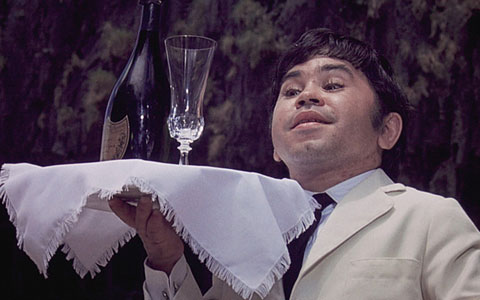
23) 1974’s The Man With The Golden Gun
CINEMABLEND NEWSLETTER
Your Daily Blend of Entertainment News
You would think a Bond movie’s quality would ultimately be tied to its villain, but in The Man With The Golden Gun, that couldn’t be further from the truth. Christopher Lee is convincing as the extra-nippled assassin Francisco Scaramanga, and Herve Villechaize is delightful as his devious butler/ henchmen Nick Nack. They both would have been at home in one of the series’ better entries, but thanks to some truly dreadful direction and the single most infuriating female character in the history of cinema, these two sink alongside this disappointing ship. They deserved so much better.
Guy Hamilton proved himself capable of the material when he gave us 1964’s Goldfinger, but to put it nicely, his decision making is suspect throughout The Man With The Golden Gun. From wedgie jokes to “comedic” nut kicks to an overly aggressive score, he tries to take a lighter tone but in doing so, undercuts the scariness of Scaramanga. His request of the screenwriters to include redneck Sheriff J.W. Pepper also ruins his best chase sequence and destroys any faint tie to realism the film might have had. And then there’s Mary Goodnight.
The Bond canon is filled with a lot of dumb women who need James to save them, but none are as offensive or as annoying as Goodnight. She’s supposed to assist him, but she behaves and is treated like a pathetic ragdoll throughout. At one point, James actually makes her sit in a closet while he has sex with another woman. It’s stupid, bothersome and unfair. If Hamilton allowed her to even be ten percent smarter, the film would be forty minutes shorter and at least a few spots higher on this list.
It’s important to note, however, that if this movie didn’t exist, none of us would have been able to mow down our friends with the golden gun in multi-player mode on Goldeneye for N64.
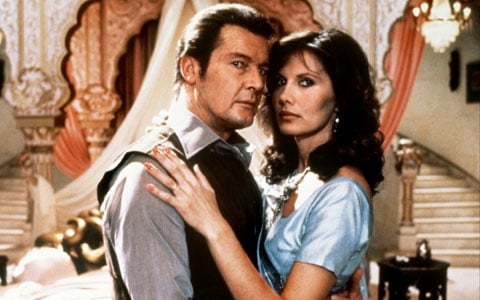
22) 1983’s Octopussy
I’m not sure there’s a single Bond movie with a more Bond-ish plot than Octopussy. A rogue Soviet General partners with a mysterious cult of beautiful women circus performers headed by a hot older lady named Octopussy to steal a Faberge Egg and trick European powers into disarmament. It’s all very well conceived. The circus allows the action to change places. The jewel thief angle allows Bond to investigate something more intimate with less stakes, and the rogue general element allows for political intrigue and General Gogol’s typical greatness.
Unfortunately, Octopussy mucks up that Bond-tastic premise with one big explosion of miscues typical to the Roger Moore era. At fifty-six, the actor was beginning to lumber a bit in the action sequences; yet, he’s presented like an unstoppable superman here. He flies on top of planes thousands of feet in the air, does complicated rope swinging maneuvers and rides underneath a train. It’s over-the-top in a bad way and made worse by John Glen’s hokey direction that scores his rope swings with Tarzan noises and lets Bond actually let out “ummphhs” while playing dead like some second-rate cartoon.
Thanks to some better than average henchmen including knife throwers, an alligator disguise each of us wishes we could use on Halloween and a Q-piloted Union Jack hot air balloon, Octopussy actually is watchable. I’ve always held onto a fantasy that someone would come along and use the basic premise as a jumping off point, but considering that fantasy is basically an admission that a lot went wrong, it’s not altogether shocking this wound up at twenty-two.
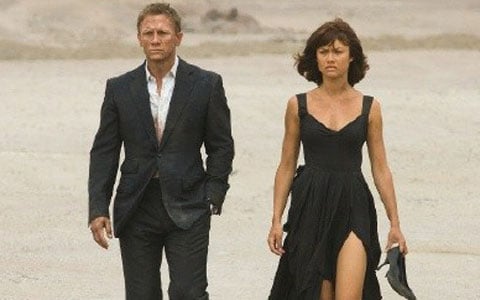
21) 2008’s Quantum Of Solace
To truly get the best out of the actor playing Bond, a director needs to have a firm handle of the lead’s strengths and weakness and then make a conscious effort not to ignore the weaknesses. That might sound stupid and counterintuitive, but it’s actually an important lesson to be learned with the franchise. Bond should always be evolving, but even so, he needs to be a balance between suave, grandiose, funny, smart, sexy and athletic. At their worst, Roger Moore is too willing to joke, Sean Connery is too rugged, Timothy Dalton is too serious, George Lazenby is too handsome and Pierce Brosnan is only like a B+ at everything. At Craig’s worst, he’s too gritty and raw, and this movie proves it. It’s their strengths that turn into their biggest issues.
A lot of Bond movies go way too complicated with the plot, and Quantum Of Solace is probably one of the worst offenders. Featuring a criminal organization far less cool than SPECTRE and a slew of characters that aren’t overly memorable, it’s one of the shortest Bond films at 106 minutes; yet, it feels annoyingly and frustratingly long. That’s likely due to its lack of truly interesting characters and the lack of enjoyment it gets from all the exotic locations it visits and its over reliance on Craig’s action skills.
Still, this movie is worth being praised for a few reasons. Compared to Europe and Asia, Bond isn’t called to South/ Central America nearly enough. Olga Kurylenko’s Camille Montes pops every time she’s on the screen, and Craig, while misused, does the best he possibly can with the material given. If this is the worst film we get from him, he has nothing to be ashamed of.
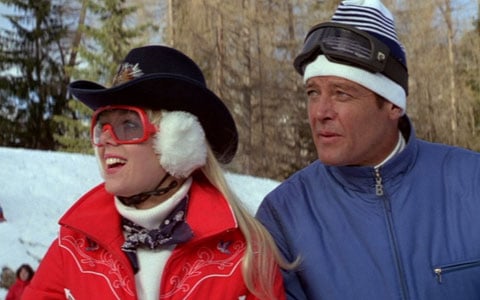
20) 1981’s For Your Eyes Only
I still can’t decide whether it’s ballsy or offensive to kill off a beloved super villain with numerous appearances under his belt in the opening credits of a later sequel, but considering John Glen had contributed to three Bond movies prior to his first directorial outing, For Your Eyes Only, it’s not altogether shocking he goes there. He also lets Bond visit the grave of his deceased wife who often goes entire movies without getting a mention.
You’d think these decisions would lead to a hard-nosed film with real stakes, but unfortunately, beyond Bond’s past, Glen is also very excited about campiness. Cars get stuck in trees, the scoreboard changes when James punches his foes into hockey goals and a talking parrot plays an extremely important role in the plot. It’s 007 without real stakes, which wastes some of the best visual effects the series has ever offered.
For Your Eyes Only genuinely cares about its plot. It puts real time into developing the two former smugglers/ possible villains Aristotle and Milos and the back and forth between the two. It even lets James be a good guy and ignore the advances of a sexually excited ice-skating prodigy, but in the end, those successes can’t overcome the less than serious tone.
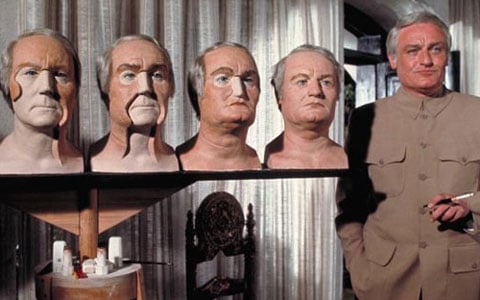
19) 1971’s Diamonds Are Forever
Sean Connery is probably the best James Bond ever. He was certainly better than George Lazenby, but oddly, Diamonds Are Forever still seems like a step backwards. When he retired from the role following You Only Live Twice, it was at the right moment. It was time for someone else to take 007 in a different direction. Luring him back with $1.25 million might have seemed like a good way to make money for the producers, but it was ultimately bad for his legacy and it was bad for this movie.
This should have been the crescendo. It should have been Return Of The Jedi-esque following the low note On Her Majesty’s Secret Service ends on. It should have been the final slugfest between Bond and Blofeld, but instead, it’s just a poorly executed missed opportunity. The stupid Blofled creating lookalikes gag doesn’t work, and the diamonds could have been stolen on their own without incorporating the satellite laser. There had to be a better way to let these two come face to face.
Unfortunately, this is what we have. So, we might as well celebrate some of the positives. Plenty O’Toole is one of the all-time great Bond names, and Las Vegas is the perfect location for 007. Like the circus, it’s a conduit for surprises, intrigue, weirdness and strange sexual encounters. I wouldn’t mind seeing every fifth or sixth Bond movie go back there. Plus, this movie has Felix Leiter, and he is a seriously underutilized character.
Diamonds Are Forever isn’t bad. It’s just disappointing.
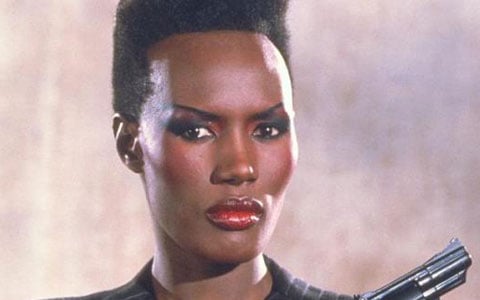
18) 1985’s A View To Kill
There are a lot of reasons why many hardcore Bond fans consider A View To Kill one of the character’s worst outings. Roger Moore is 58 and almost laughably too old to play Bond. The opening credits are a pathetic commentary on our taste level in 1985. There’s a skiing scene that features “California Girls” by the Beach Boys. The score during the climax is atrocious. All of these things can be used to send a giant middle finger toward Moore’s last outing, but for me, there are a lot of positives in play here too.
Christopher Walken and Grace Jones’ combination lovers and villains, Max Zorin and May Day, are two of the more fascinating and visually interesting villains Bond has ever faced. Zorin murders hundreds, maybe even thousands of people and winds up with a body count most directors won’t let their bad guys reach. May Day is a brutish and morally complex woman that’s both sexual and menacing. She’s a believable opponent and a believable sex partner, which is an interesting spin on a dynamic first mastered in The Spy Who Loved Me. Plus, the plot isn’t half bad. Featuring steroid tests, horse racing and crazy scientific schemes to explode underwater lakes beneath fault lines to flood Silicon Valley, it’s easy to follow and still interesting enough to sustain 131 minutes.
Should Moore have retired a few movies before this? Yes. Are there numerous problems here? Yes. But is this movie as wretched as some would make it out to be. No. I actually enjoyed my re-watch, and without even looking at my notes, I could give a blow-by-blow rundown of what happens. I can’t say the same thing about the rest of these films.
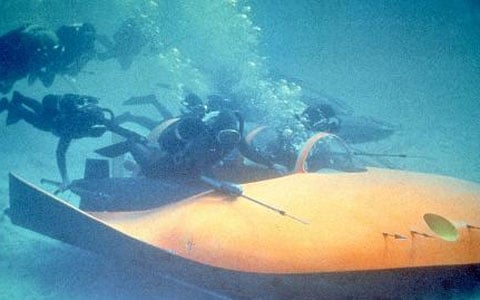
17) 1965’s Thunderball
Thunderball should be a top five Bond movie. Sean Connery probably gives his best performance in the entire series. The basic storyline featuring stolen nukes, jet packs, bad guys disguised as their own widows, SPECTRE agents and a long series of underwater battles that won an Academy Award for visual effects. It all should work swimmingly, but there’s one big fat, wet problem.
Director Terence Young is so in love with the underwater scenes that he can’t hit the stupid cut button. Like one quarter of the entire movie takes place underwater, and while every single second is visually astounding, especially for 1965, it gets a little boring after awhile. Sometimes less is more. In this case, a whole lot less would have been more, especially when a healthy percentage of it is just random, faceless people fighting during one grandiose final battle.
Thunderball has a lot of defenders. It really does contain a good amount of action, love-making, gambling, humor and reckless confidence, but a movie needs to be ranked by how enjoyable it is to watch. And Thunderball is just way too slow to warrant many rewatches. Had it been twenty minutes shorter, it would be a hell of a lot higher, but as it stands, it languishes amidst the more mediocre Roger Moore movies.
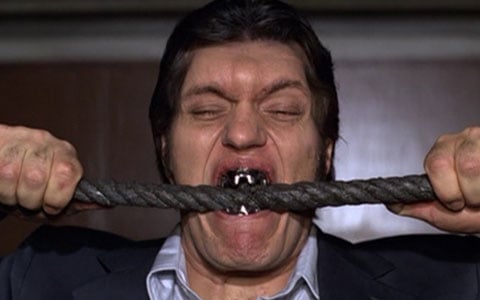
16) 1979’s Moonraker
Moonraker is the standard go-to movie people use when they talk about what was wrong with the Roger Moore era, but it’s actually better than a lot of the other films for one simple reason: it has a consistent tone. It realizes it’s a shameless exploitation of Star Wars, and it never tries to be anything but over the top. There’s no blending of gritty realism and fantastical action. It’s all utter nonsense, and in a way, that’s a good thing. It’s certainly better than being outlandish and then trying to shoehorn in real emotion.
In any other movie, letting Jaws fall in love would have been a sure way to ruin forward momentum. Introducing a character seedily named Mary Goodhead would have felt distasteful. Outfitting an Asian assassin with a yellow belt would have felt racist and inappropriate. Having trained killers hide inside caskets would have felt disrespectful. Using a slew of beautiful women to lure Bond into stepping into a booby trap that flips him into the water would have felt contrived, but this is Moonraker, goddamnit. It’s the one where the villain bitches about how much trouble he’s having giving Bond a humorous death. It’s the one where Bond goes into space, and it’s the one where people shoot lasers at each other. Nothing is too far.
If someone asked me to show them one film that represents the Bond series, I sure as hell wouldn’t pick Moonraker, but if they asked me to pick five, I probably would. For twenty-three films, Bond has moved back and forth on a spectrum between man and myth. This is the closest he ever came to full-on myth, and while the final product is technically worse than some of the movies it’s ranked ahead of, it’s at least fun to watch.
Mack Rawden is the Editor-In-Chief of CinemaBlend. He first started working at the publication as a writer back in 2007 and has held various jobs at the site in the time since including Managing Editor, Pop Culture Editor and Staff Writer. He now splits his time between working on CinemaBlend’s user experience, helping to plan the site’s editorial direction and writing passionate articles about niche entertainment topics he’s into. He graduated from Indiana University with a degree in English (go Hoosiers!) and has been interviewed and quoted in a variety of publications including Digiday. Enthusiastic about Clue, case-of-the-week mysteries, a great wrestling promo and cookies at Disney World. Less enthusiastic about the pricing structure of cable, loud noises and Tuesdays.
